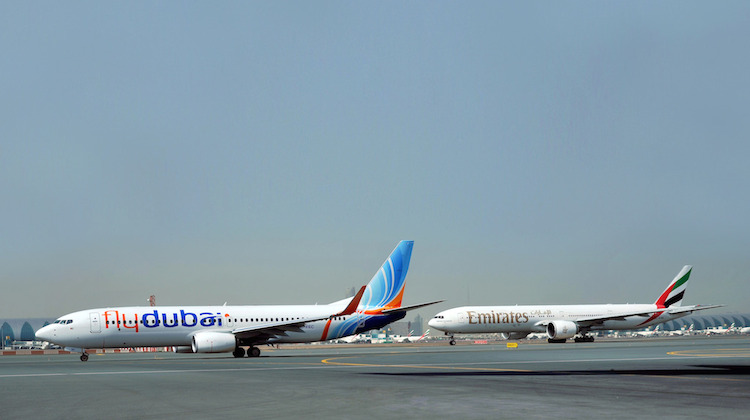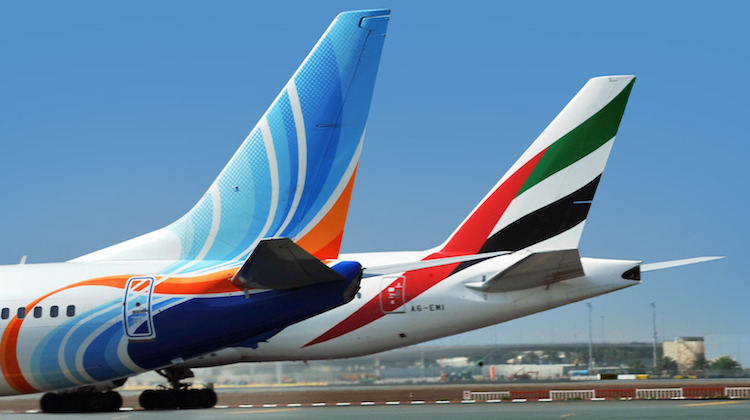
Emirates looks set to offer its Australian customers a wider range of destinations across Africa, Asia, Europe and the Middle East after unveiling a partnership with regional carrier flydubai.
While it is not a merger, the two carriers will work together on coordinating their networks and schedules to offer more connections through Dubai in addition to codesharing on each other’s flights.
The proposed tie-up, announced in Dubai on Monday, builds on an existing interline agreement already in place.
The two airlines are both owned by the Investment Corporation of Dubai (ICD), with Sheikh Ahmed Bin Saeed Al Maktoum the chairman of both companies.
Al Maktoum is also chief executive of Emirates Group.
“This is an exciting and significant development for Emirates, flydubai, and Dubai aviation,” Al Maktoum said in a statement.
“Both airlines have grown independently and successfully over the years, and this new partnership will unlock the immense value that the complementary models of both companies can bring to consumers, each airline, and to Dubai.”
Launched in 2009, flydubai flies an all-narrowbody fleet of 58 Boeing 737-800s to 90 destinations from its Dubai International Airport hub. It is a Boeing 737 MAX customer, with 75 of the type on order.
The 737s have two configurations, an all-economy cabin with 189 seats and a two-class layout with 12 business and 162 economy seats.
Meanwhile, Emirates has 259 widebodies comprising of Boeing 777-200LR/300/300ERs and Airbus A380s serving 257 destinations, with A380s and 777-8/9Xs on order.
From Dubai, the flydubai network stretches as far west as the Czech Republic in Europe, Russia to the north, Bangkok in the Far East and the African country of Tanzania in the south.
In between, there are many destinations Emirates is unable to serve either because the markets are too small to sustain widebody flights or a lack of airport infrastructure.

“By 2022, the combined network of Emirates and flydubai is expected to reach 240 destinations, served by a combined fleet of 380 aircraft,” the two carriers said in a joint statement.
“Both airlines will continue to be managed independently, but will leverage each other’s network to scale up their operations and accelerate growth.”
Codesharing was expected to commence before the end of 2017.
There will also be cooperation on commercial, airport operations, the customer experience and “alignment” of Emirates’ Skywards and flydubai’s OPEN frequent flyer programs.
The flydubai website indicated the airline had interline arrangements with 34 different carriers, which apart from Emirates also includes Qantas, Singapore Airlines and Virgin Atlantic.










